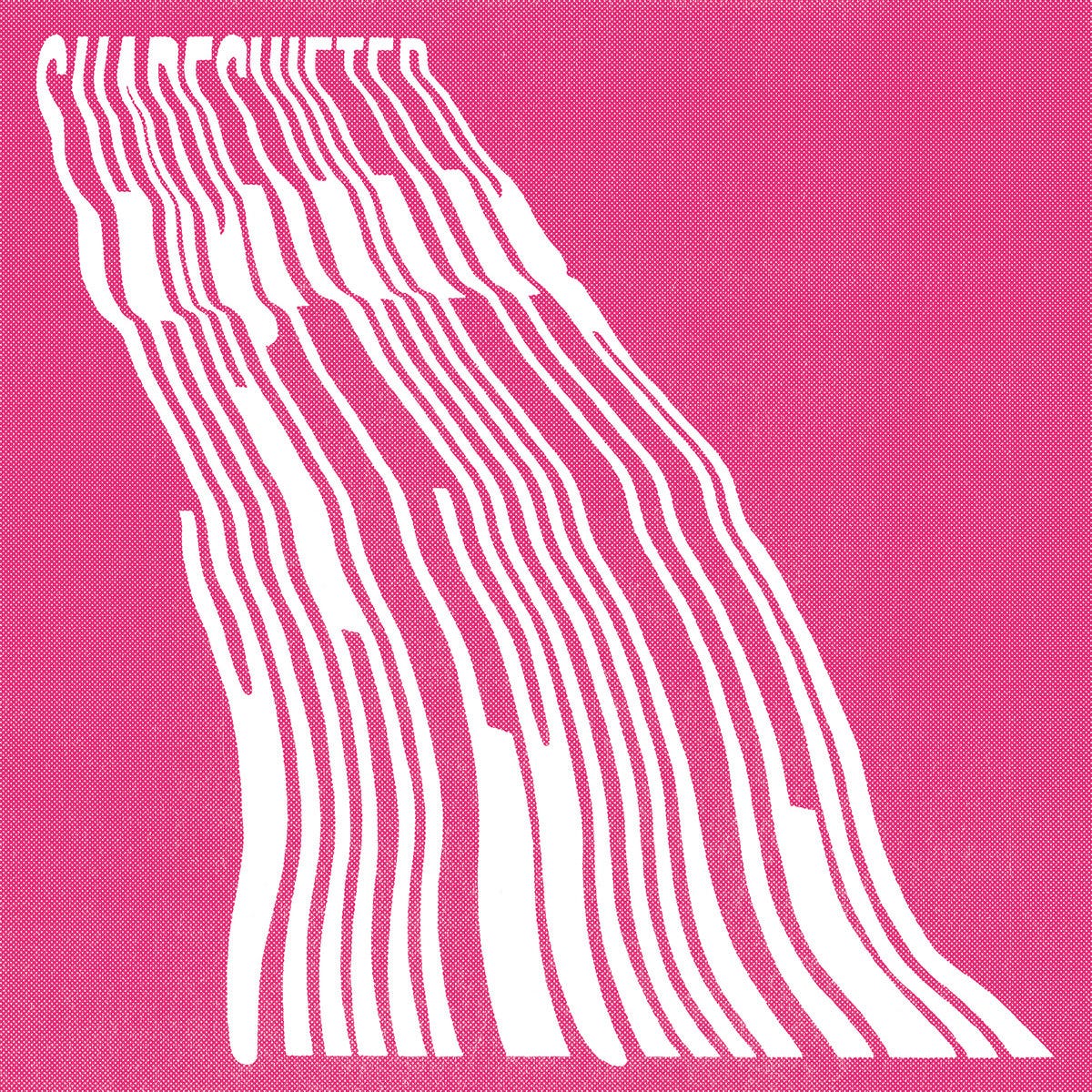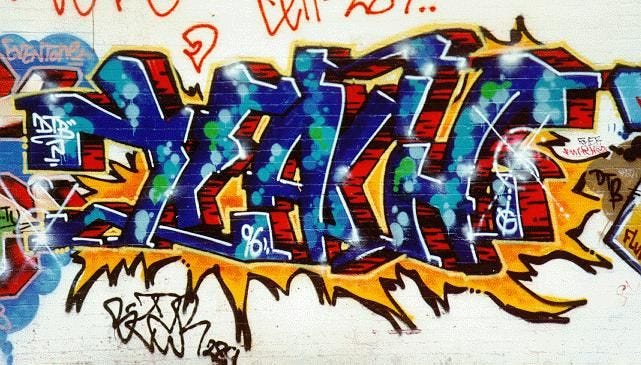Inspired by Austin Kleon’s ‘Show Your Work’ and Julia Cameron’s ‘Morning Pages’ I’m going to write a short daily post in an aim to show my work and to give myself further insight to my own ideas. I’ll do one of these every day for, let’s say a month, and will intersperse them with longer in depth reads.
Distortion is always present in the music I love and the music I make. On the surface level this sounds pretty obvious, but the more you dig, the deeper you go. So let’s start at the beginning of my journey with the most recognisable examples of distortion. When I was 11 years old I got heavily into Jimi Hendrix who would use various pedals and overdriven amplifiers to distort the sound of his guitar, creating new tones and voices. Then I found Grunge and Punk bands like Nirvana and The Sex Pistols who used similar techniques to distort their guitars even further to add aggression and grit to their music. As I got older I fell ll in love with Jungle and Drum & Bass. Many of the iconic artists from the genre would use Hendrix-esque techniques to enrich and alter the character of their sonic palette. Dillinja used an overdriven mixing desk to smash an otherwise clean 808 kick into something much more intense - a technique and approach that I went on to implement regularly in my music. A good example of this is the bass in 2009’s Tape Fog.
This is all fairly straightforward stuff, so I started to look at where else distortion is present in my music and art in general. My recent album 0860, a celebration of Pirate Radio, was covered in distortion - this time via the use of FM radio static and distant ambiguous chatter. I spent many self-indulgent hours recording fuzz and hiss from a pocket radio and then mixing the signals in with pads, drums and whole sections of the music - distortion used to place the music in a specific setting or to alter the listening experience. My fascination with slowing music down is a form of distortion which I explored in the recent Slow Astro experiments. In this instance distortion is used to change the perception and mood of the pre-existing music. No pedals or amps here, just the simple act of slowing something down can have dramatic results.The artwork for the Slow Astro series by Utile is a distorted Astrophonica logo, thus continuing the theme.
A further look at Utile’s work across the back catalogue throws up more examples of distortion - the artwork for Damian’s Ghost’s After Life and Lewis James’ Shapeshifter are two great examples of distortion in a visual sense. This got my dot joining juices flowing even more and I began to look at my interest in Graffiti as a youngster. The letters are purposefully distorted to add movement and flair to lettering, sometimes to the point of being unintelligible to the untrained eye. What if we zoom out and consider that the very act of applying paint to a surface is indeed distorting its appearance. Perhaps all art is built from, or at least adopts some form of distortion? Ultimately this all leads to thinking ‘what else can I distort?’ and ‘How else can I use distortion in my work?’. This type of ‘what if’ thinking is always at the start of ideas worth pursuing, so go and distort some stuff.








Art without imperfections arguably isn’t art anymore. Distortion is a way of making the art approach real life to a higher degree...Especially with programmed music that inherently contains less of the naturally occuring distortions (timing, pitch etc) you get with live-played instruments
I keep hearing Hendrix playing along to “Tape Fog” after watching that YouTube video 🔥